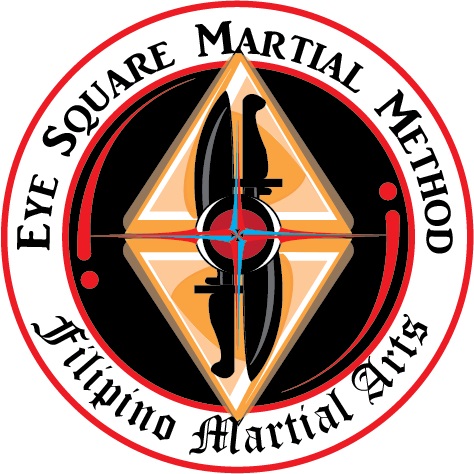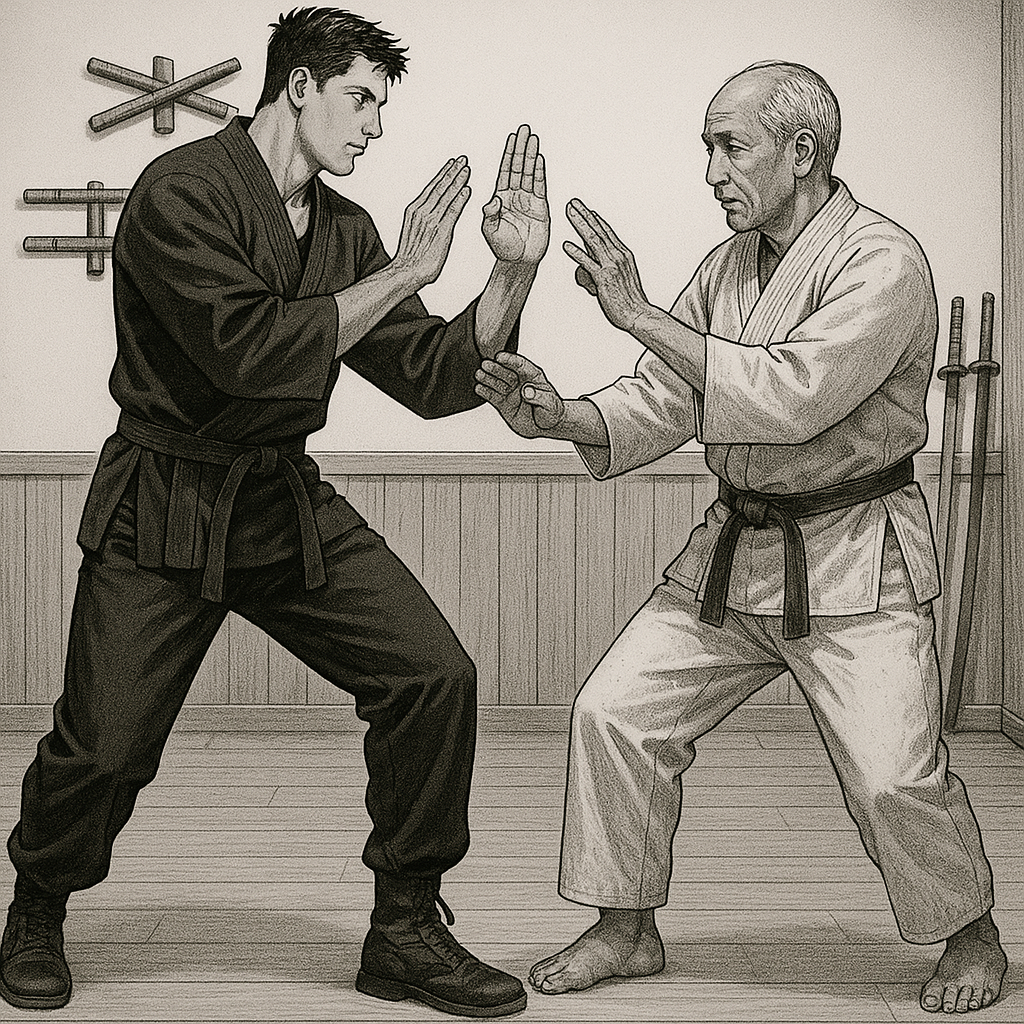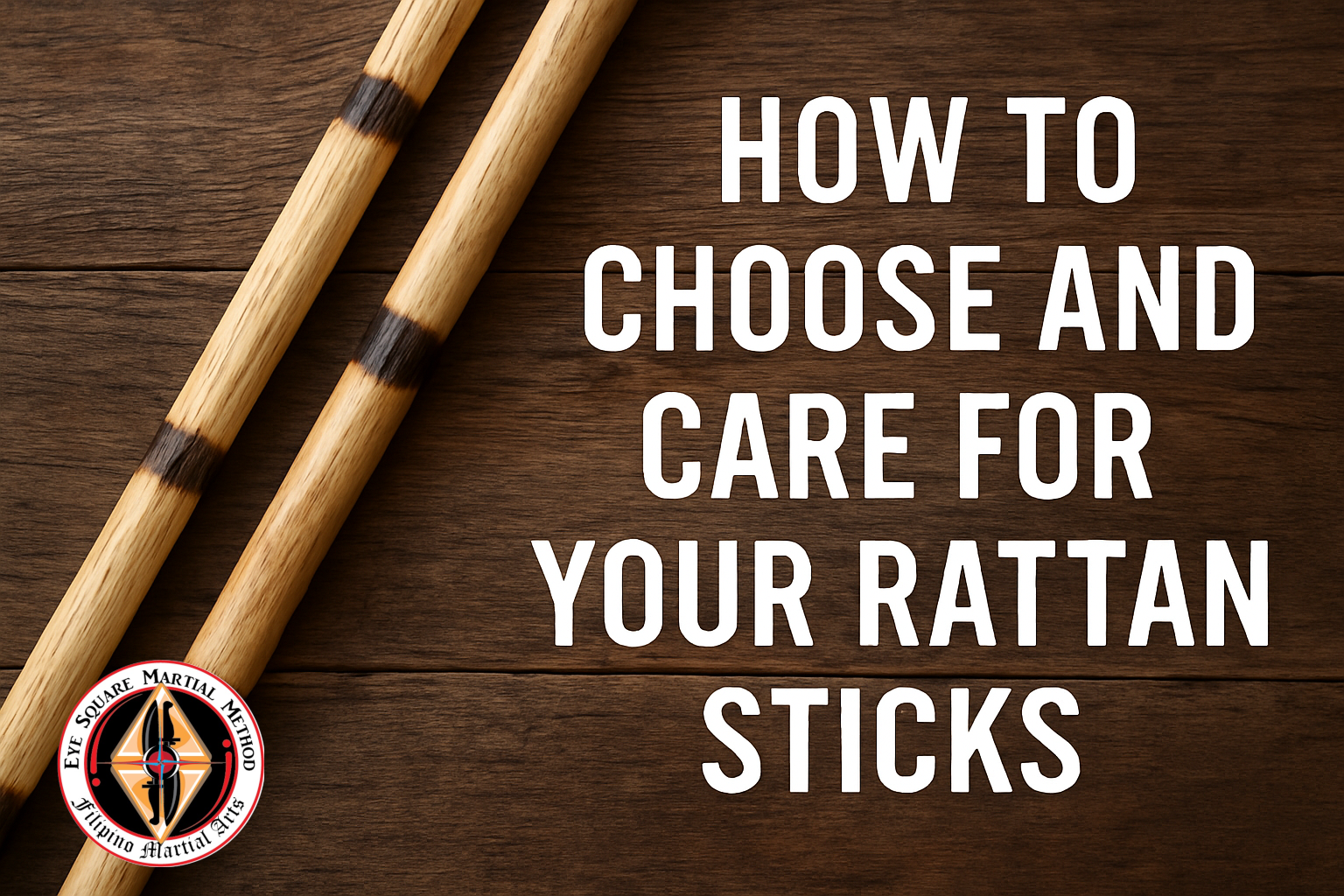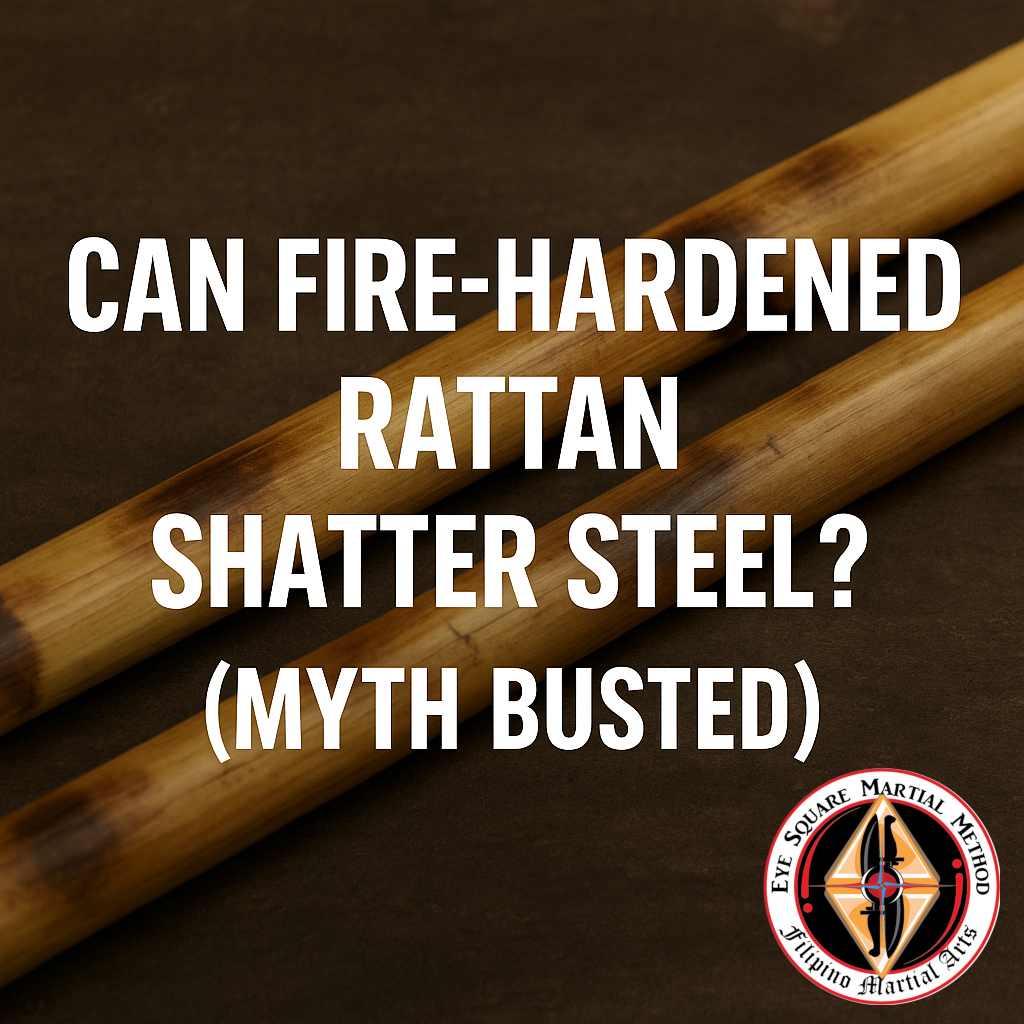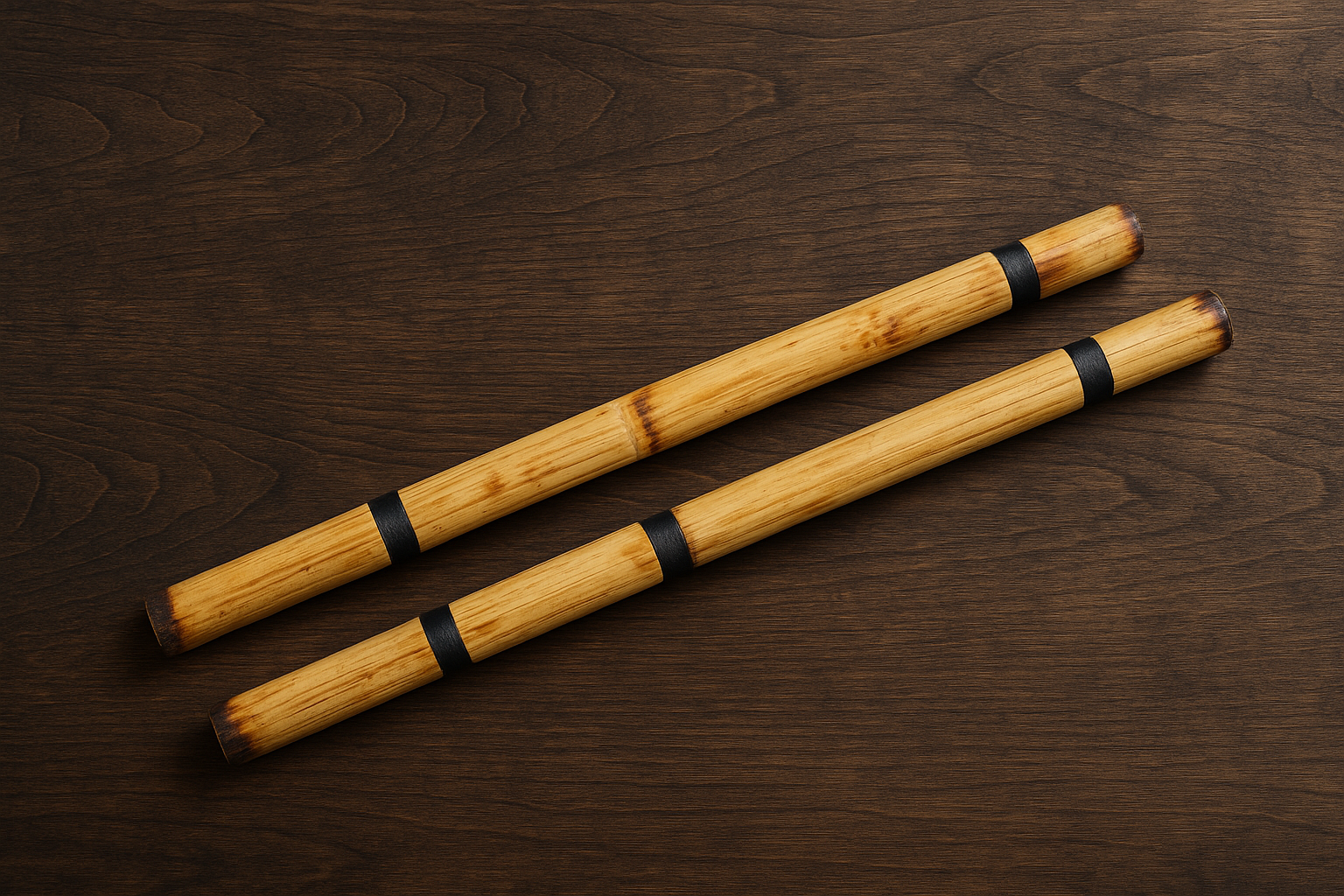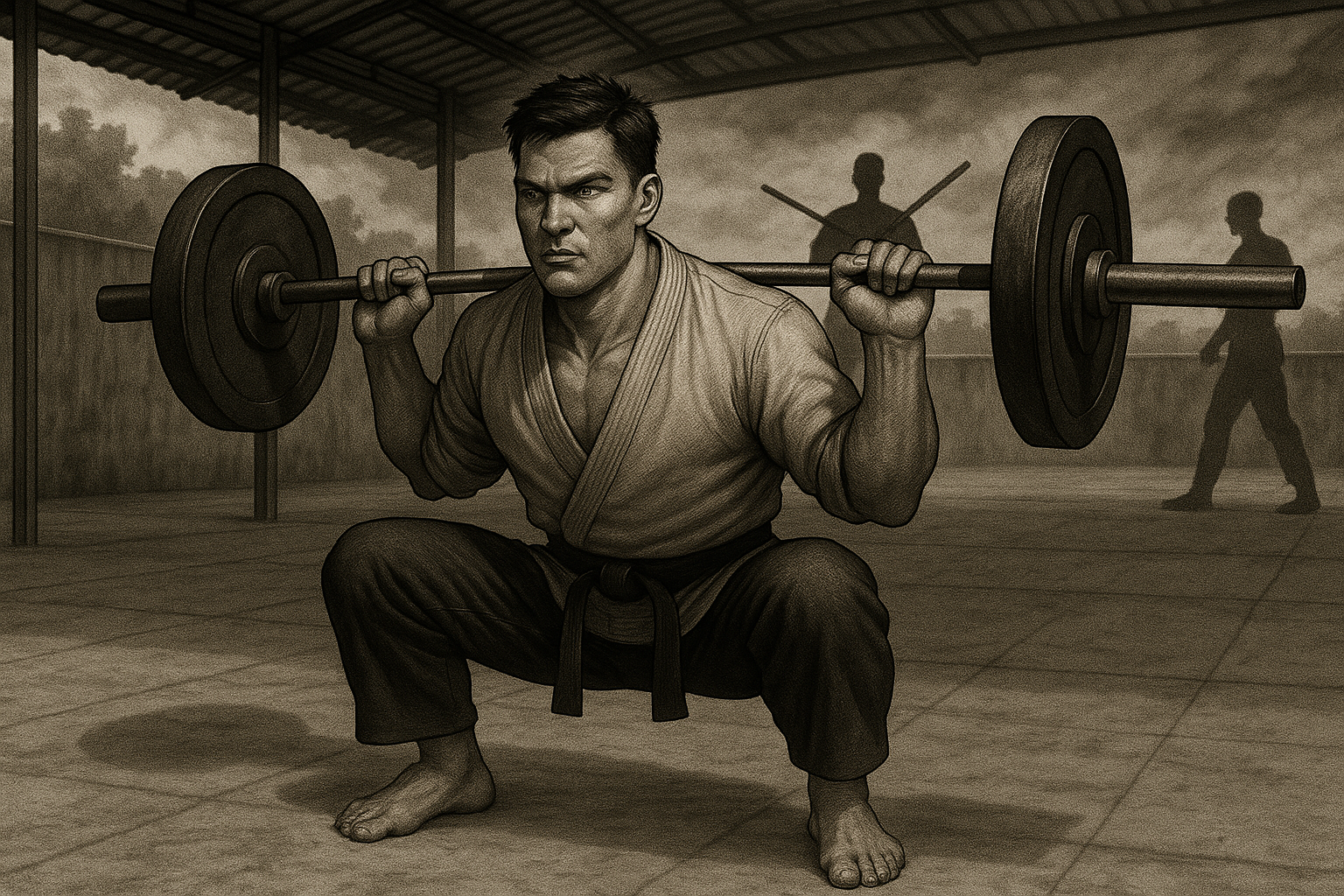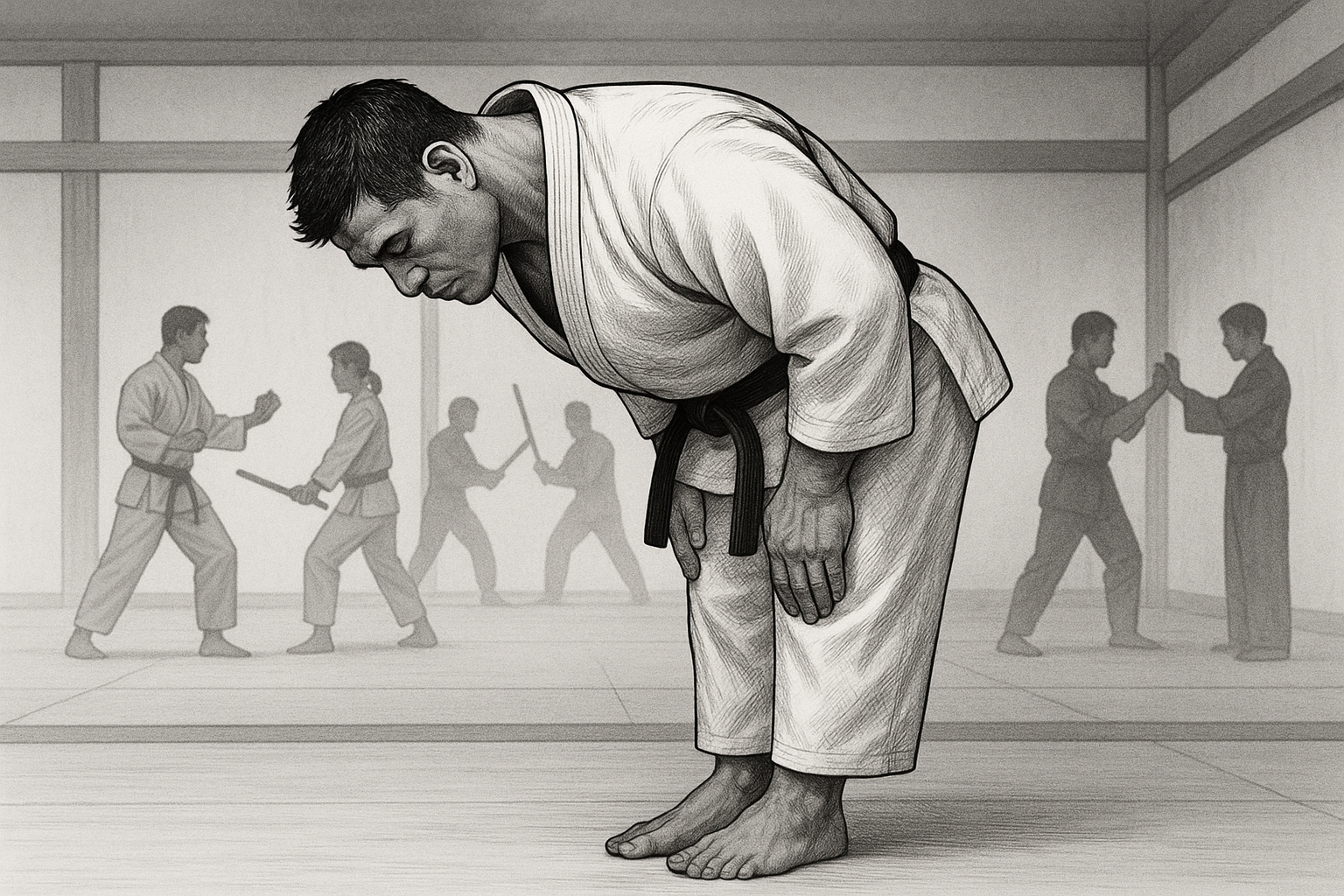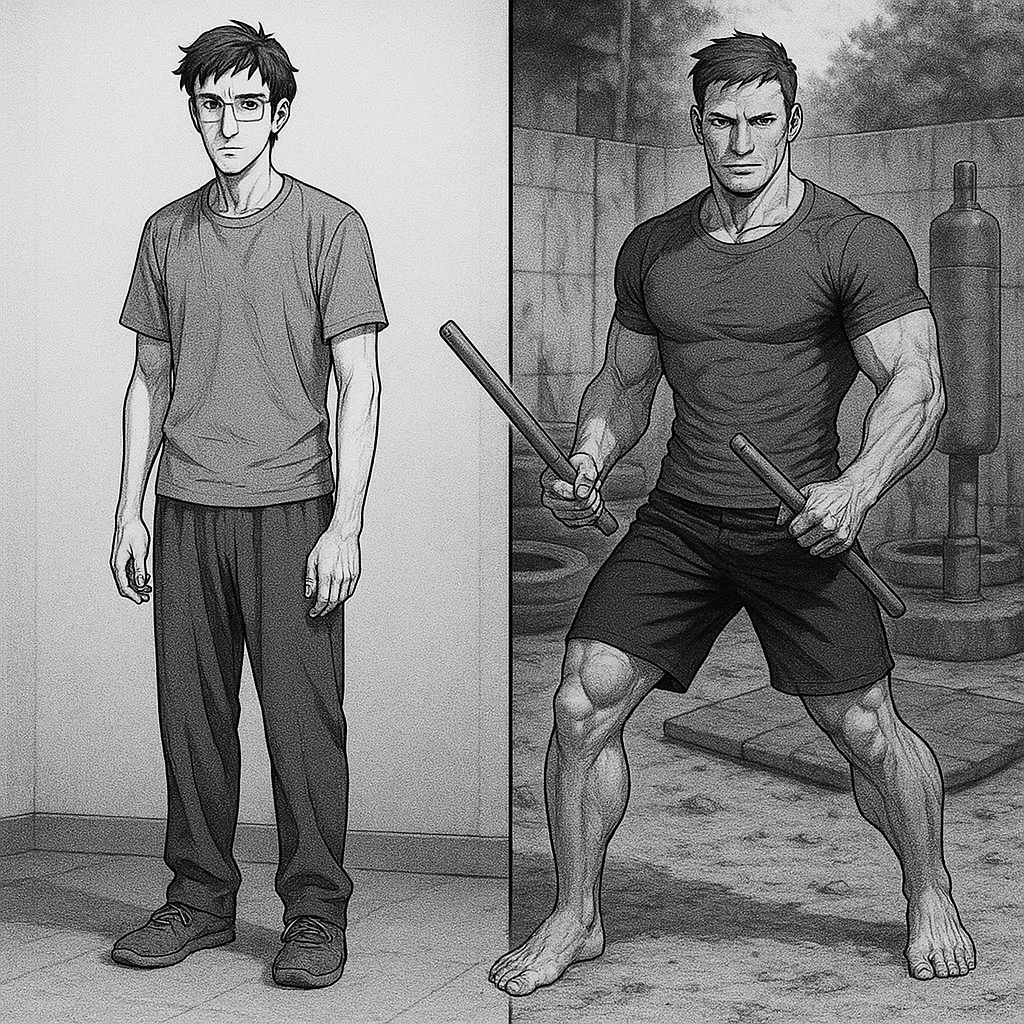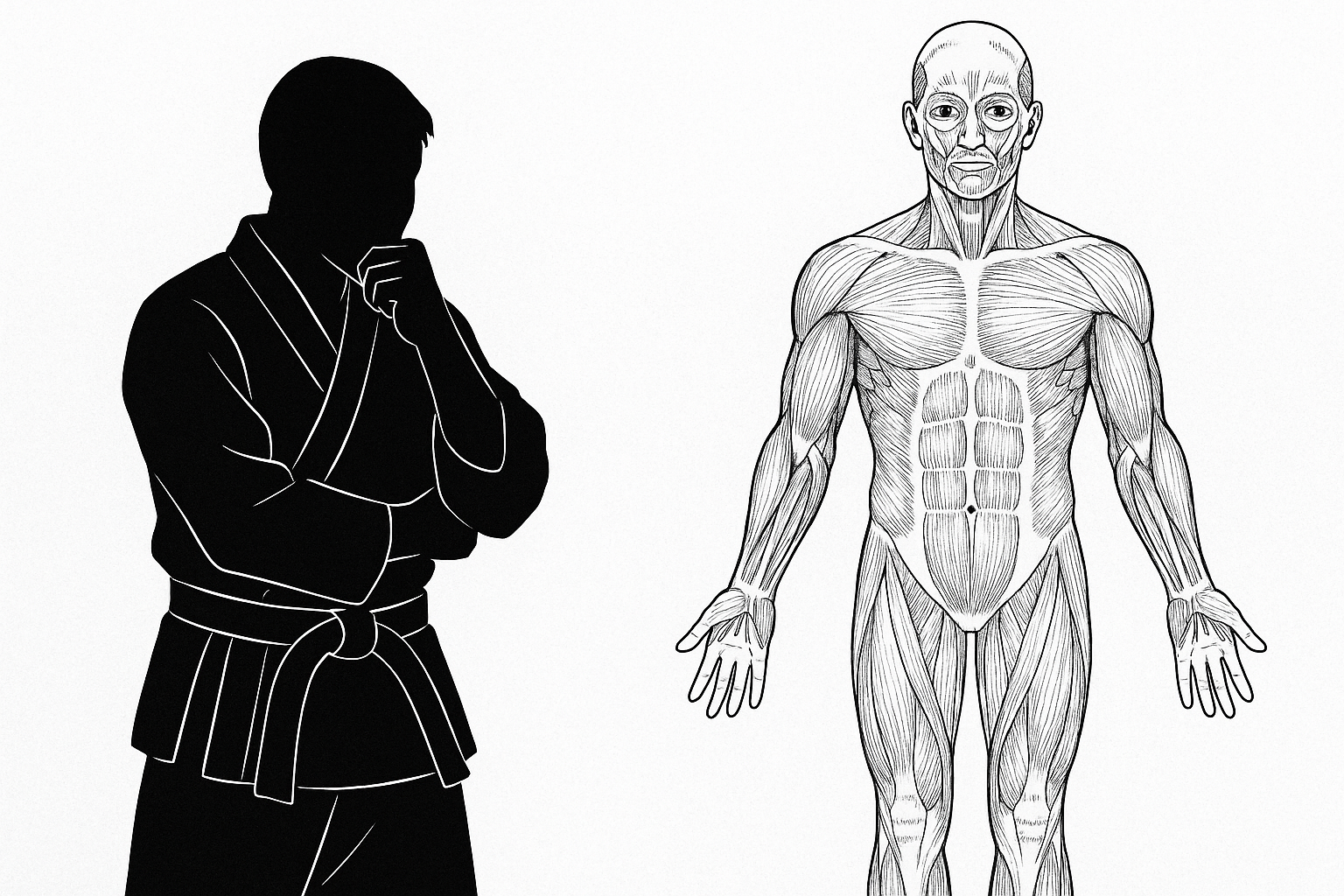Prepared, Not Violent is an ongoing series from Eye Square Martial Arts exploring how martial artists can understand, avoid, and prepare for real-world violence—without becoming consumed by it.
This is Part I: Flipping the Switch: The Importance of Being Capable of Violence
The more experience I gain in martial arts—and in life—the more I’ve had to come to terms with something uncomfortable: I may one day have to be violent.
Not because I want to be. Not because I enjoy the idea. But because I might need to protect my wife. My family. A stranger. Myself.
The other day, a friend of mine dropped this video into our Discord channel:
It’s a clip of Nick Freitas speaking about a convicted child predator who described how he chooses his victims—by looking for situations where the father isn’t present. That’s the kind of insight you want to hear, especially as a father. It’s disturbing, yes—but valuable information often is.
Someone else in the thread responded, accusing Freitas of “promoting violence.” I pushed back. Freitas isn’t telling people to go out and start fights—he’s saying that you should be ready to do what’s necessary to defend the people you care about.
I didn’t say it perfectly at the time, but I wasn’t hostile either. The guy shot back with, “Most people in America will never have to deal with violence.” And honestly? He’s probably right. Statistically speaking, most people won’t find themselves in life-or-death situations.
But the thing is—some will. And when that day comes, it’s too late to start preparing.
One key factor in avoiding violence is not looking like a victim. You don’t always need to use force to deter an attack. But you do often need to look like you’re willing to.
Marc MacYoung tells a great story in In the Name of Self-Defense. A woman is walking through a grocery store parking lot. She notices two guys watching her. They split up and start approaching from different angles—classic encirclement. She reaches her car, puts the grocery cart between her and them, and stares them down—without saying a word.
Then, she looks past them.
What they didn’t know is that she had a concealed firearm—and was trained to use it. When she looked behind them, she wasn’t looking for help. She was checking for backstops—things that would stop bullets if she had to shoot through them.
That look told them everything they needed to know.
They left.
This is what so many people miss when they talk about “violence.” It’s not about wanting to hurt anyone. It’s about projecting the reality that you can, and will, if you’re forced to.
The people who most often criticize this mindset usually fall into one of three camps:
- They’ve never been a victim.
- They’ve never studied how real violence works.
- They just like to virtue signal from a safe distance.
But none of those positions help you when things go bad. Preparedness does. Training does. Strength does.
A predator is always looking for a target that’s easy, soft, distracted. If you project confidence, capability, and clear boundaries, most predators will look elsewhere.
So yes:
- Strength matters.
- Knowing why you train matters.
- Knowing what you’re willing to go to jail—or die—for matters.
Si vis pacem, para bellum.
If you want peace, prepare for war.
Because peace isn’t always granted. Sometimes, you have to earn it.
